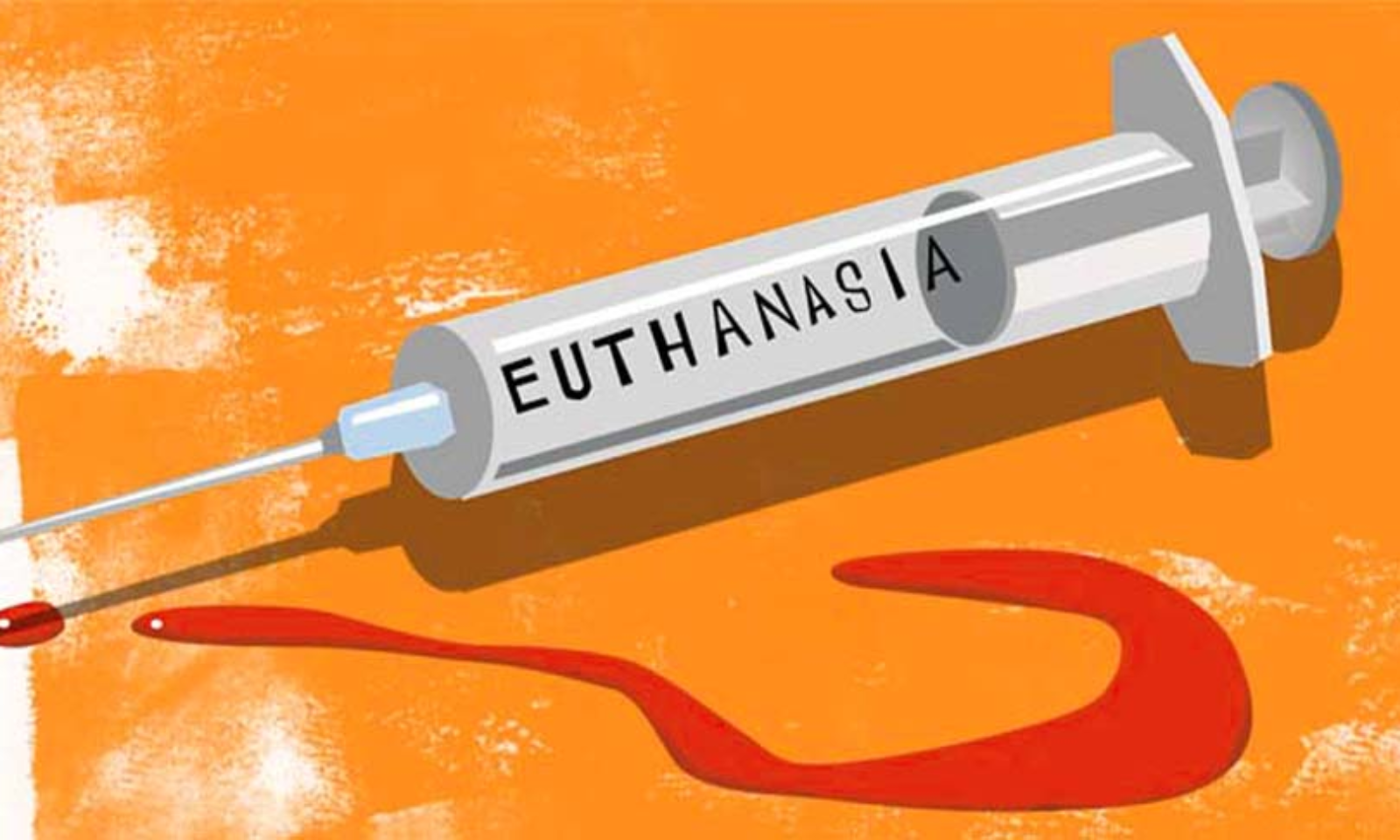Abstract
In this paper, we have discussed the demerits of Passive Euthanasia, which is considered moral and chosen throughout the world. Passive Euthanasia is the process where the patient is allowed to die naturally if he or she is suffering from an incurable and painful disease. The concept of Euthanasia focuses on relieving people of their pain and letting them die with dignity. Choosing passive euthanasia brings an entirely different result where the patient dies of suffocation, starvation, and a great deal of pain. The research paper discusses about an alternative approach, i.e., Active Euthanasia, which is an easy and quick process where the patient is injected with lethal drug doses, enabling them to die instantly and without any pain.
Introduction
Euthanasia has been a topic of debate for a long time, considering whether it should be legal or not. In the Common Cause (A Regd. Society) vs Union Of India Case, the Supreme Court delivered a landmark judgment allowing “living will” where, an adult in his conscious mind, is permitted to refuse medical treatment or voluntarily decide not to take medical treatment to embrace death in a natural way. In the 538-page judgment, the court laid down a set of guidelines for “living will” and defined passive euthanasia and euthanasia as well.
The term Euthanasia comes from two Ancient Greek words: ‘Eu’ means ‘Good’, and ‘thantos’ means ‘death’, so Euthanasia means good death. It is an act or practice of ending the life of an individual suffering from a terminal illness or in an incurable condition by injection or by suspending special medical treatment to free him of intolerable pain or from a terminal illness. Euthanasia is also defined as an intentional killing by an act or omission of a person whose life is not worth living. It is also known as ‘Mercy Killing’, which is an act where the individual who is in an irremediable condition or has no chance of survival as he is suffering from painful life ends his life in a painless manner.
The International Journal of Research in Economics and Social Science conducted an empirical survey through a questionnaire involving 552 individuals on vital issues regarding euthanasia in 2018.
This survey depicted the awareness of the concept of euthanasia among people. 296 out of 552 people were aware of the concept; 223 were unaware.
The four pillars of Medical Ethics are – Beneficence (doing good), Non-maleficence (doing no harm), Autonomy (giving the patient the freedom to choose freely, where they are able), and Justice (ensuring fairness). Euthanasia is a great example of ‘patient autonomy’. If a patient can refuse treatment or certain medications, they should be able to ask for dying with dignity. After going through tremendous pain accompanied by stress, having the option to die painlessly is, alone, a relief for patients. Euthanasia is a humane and compassionate act of relieving people from suffering and pain. Medical practitioners must oblige the Hippocrates Oath but also keep the patient’s best interest in mind.
Types of Euthanasia
Voluntary Euthanasia
In Voluntary Euthanasia, the person consents to end their life by active or passive euthanasia. In most cases, only people aged 16 years or above can request euthanasia. Children below 16 are allowed euthanasia only with the consent of their parents or guardian.
Non-Voluntary Euthanasia
In Non-Voluntary Euthanasia, the patient’s wish is not unavailable due to their unconsciousness or critical condition where they cannot communicate. Parents, guardians, or anyone close to the family can request euthanasia.
Involuntary Euthanasia
Involuntary euthanasia is performed without the patient’s consent, even if they can provide it. It is widely opposed and regarded as a crime according to Section 299 (Culpable Homicide) and Section 302 (Murder).
Active Euthanasia
In this form of Euthanasia, the patient’s life is ended immediately with the help of lethal drug doses injected directly into their bloodstream. Also known as ‘Positive Euthanasia’ and ‘Aggressive Euthanasia’, this method is used on patients who suffer from agonizing pain and wish to end that pain instantly. Due to its immediate effect, this method is performed secretly, as it is illegal in most countries.
Passive Euthanasia
This form of Euthanasia involves withholding the patient’s life support (e.g. ventilation, dialysis, manual or tube feeding, etc) and allowing them to die naturally. Passive Euthanasia is slower and more uncomfortable as compared to Active Euthanasia, but it is legal in many countries including India. It is also known as ‘Negative Euthanasia’ and ‘Non-Aggressive Euthanasia.
Click Here To Download The Paper


📌Analysis of Bills and Acts
📌 Summary of Reports from Government Agencies
📌 Analysis of Election Manifestos

